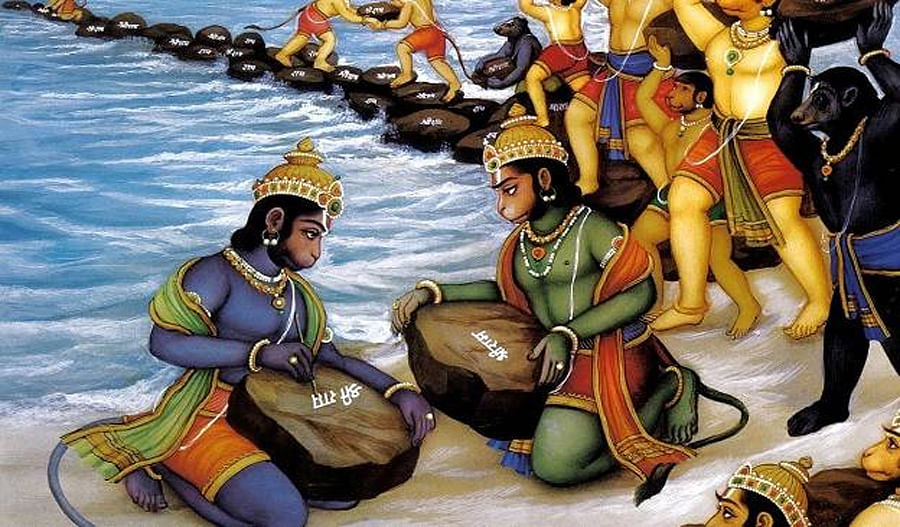8 Leadership Lessons to Learn from Ramayana
"Jab lagi jiyoon daya phal paoon, tabahi raja abhiman na bhaoon."
"As long as I live, I will not allow pride to enter my heart, and will always act with compassion."
Lesson 2: A leader should be a role model for others
Another important leadership lesson from the Ramayana is the need for a leader to be a role model for others. Rama is an excellent example of a leader who leads by example. He sets a high standard of behavior for his followers to emulate. He treats everyone with respect and dignity, regardless of their social status. He also displays courage and determination in the face of adversity, inspiring his followers to do the same.
"Jo sumirat siddhi hoi, Ravidasahin taji na joi."
"Those who remember Rama achieve success and never falter."
Lesson 3: A leader should have a clear vision
A third leadership lesson from the Ramayana is the importance of having a clear vision. Rama had a clear vision of what he wanted to achieve, which was to rescue Sita from Ravana and restore his kingdom to its former glory. This clear vision helped him to stay focused and motivated, even when faced with numerous obstacles and challenges.
"Siyavar Ramchandra ki jai, pavan sut Hanuman ki jai."
"Victory to Lord Rama and Hanuman, the son of the wind."
Lesson 4: A leader should be compassionate
"Raghupati raghav raja Ram, patit pavan Sita Ram."
"Lord Rama, the king of the Raghu dynasty, is the savior of the fallen and beloved husband of Sita."
Lesson 5: A leader should be courageous
"Jinke man mein Shri Ram hai, unke hriday mein dar nahin hota"
"Those who have Lord Rama in their hearts, are not afraid".
Lesson 6: A leader should be decisive
Another important leadership lesson from the Ramayana is the need for a leader to be decisive. Rama was a decisive leader who made difficult decisions when necessary. For example, he decided to exile himself from his kingdom, even though it was a painful and difficult decision. He also made the difficult decision to go to war with Ravana, knowing that it would be a dangerous and challenging battle.
"Janani janmabhoomischa swargadapi gariyasi"
"Mother and motherland are greater than heaven."
Lesson 7: A leader should be humble
"Do your duty without worrying about the results."
Lesson 8: A leader should have a strong support system
"Ram naam ke hire moti, main bikhrau gali gali."
"I am scattering pearls of the name of Rama in every street and alley."
Conclusion
The Ramayana is a great source of wisdom and inspiration for leaders. It teaches us about the importance of integrity, being a role model, having a clear vision, showing compassion, being courageous, being decisive, being humble, and having a strong support system. These lessons can help us to become better leaders, and to lead with compassion, courage, and humility, even in the face of adversity.










Comments
Post a Comment